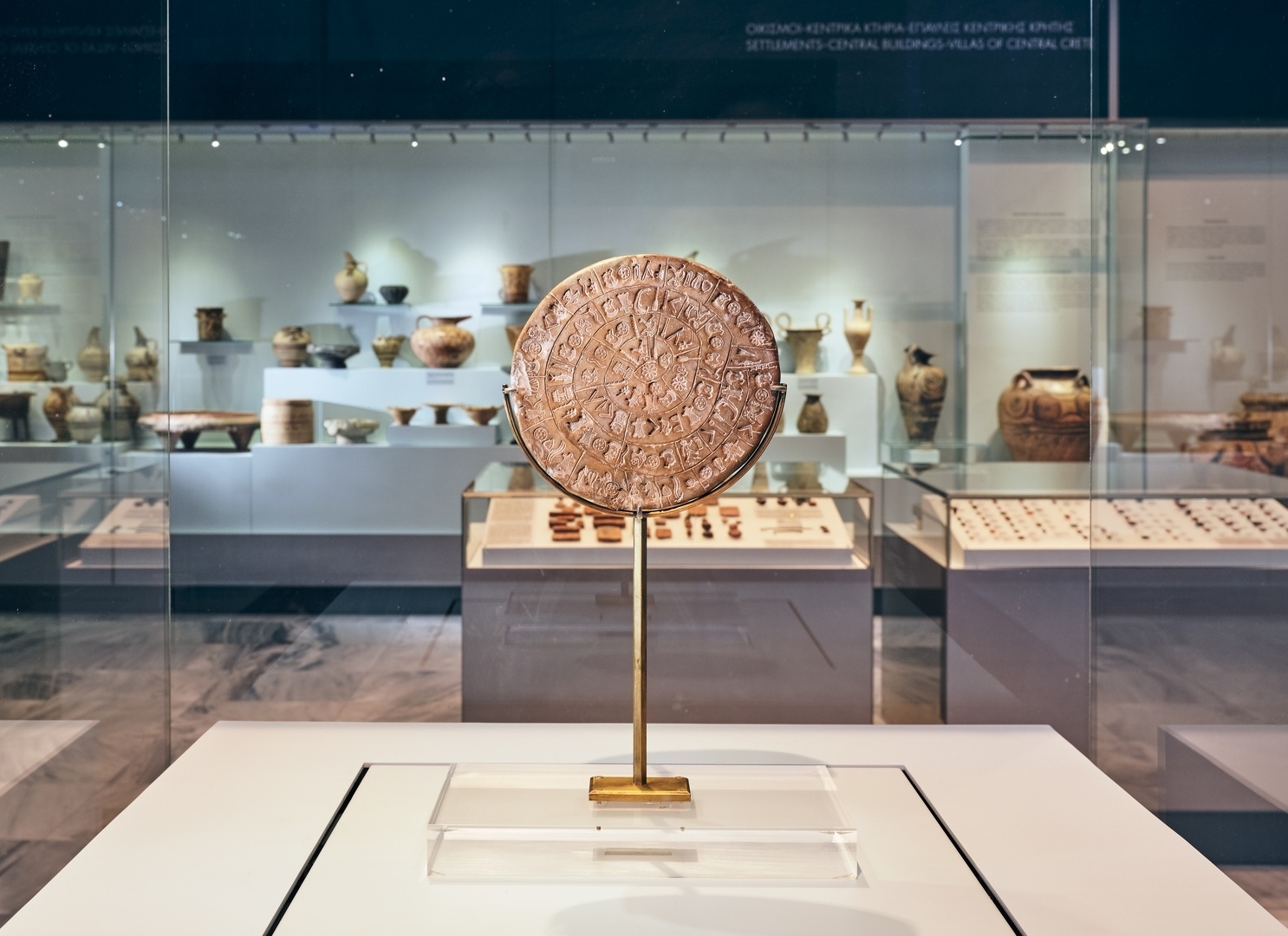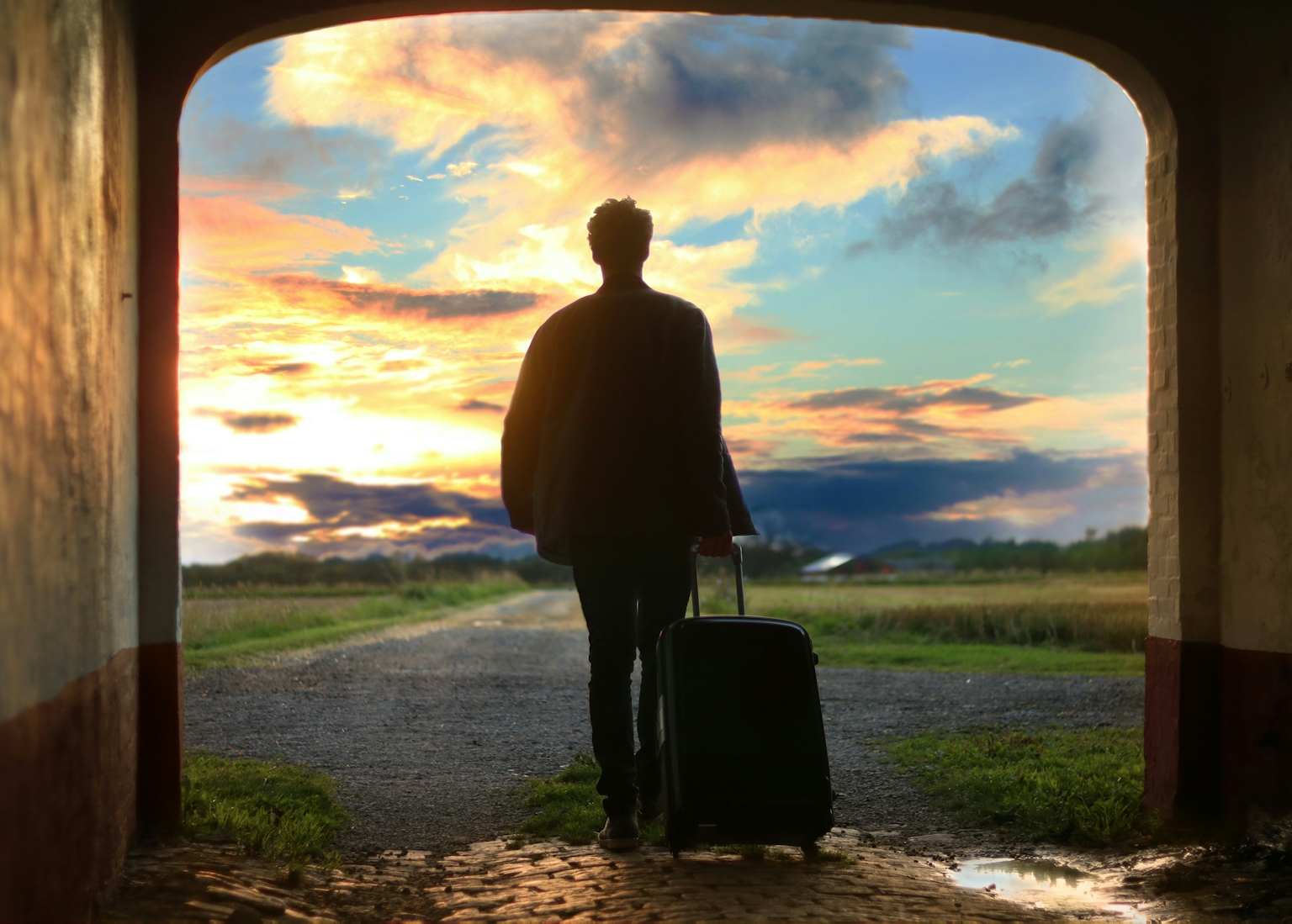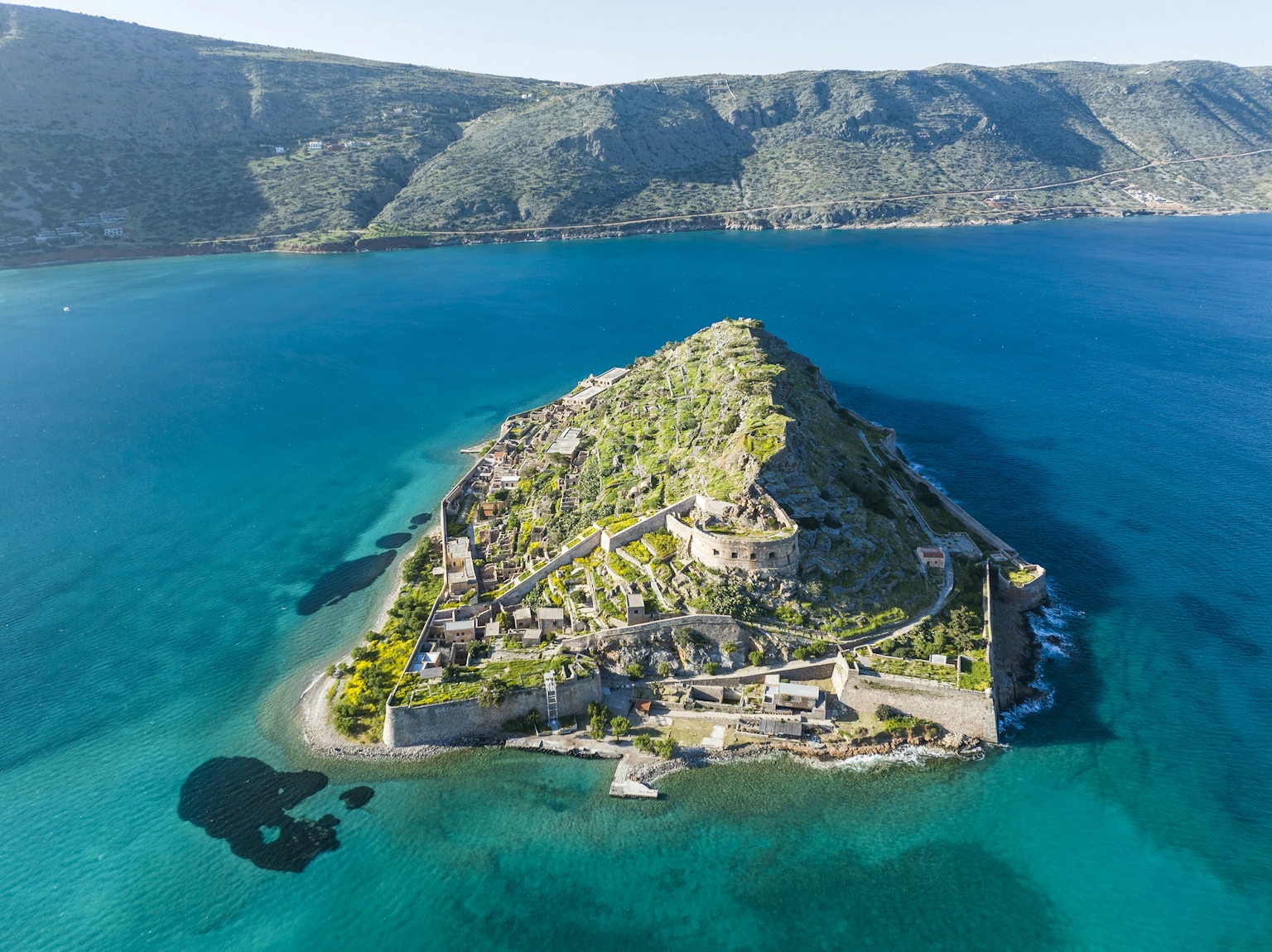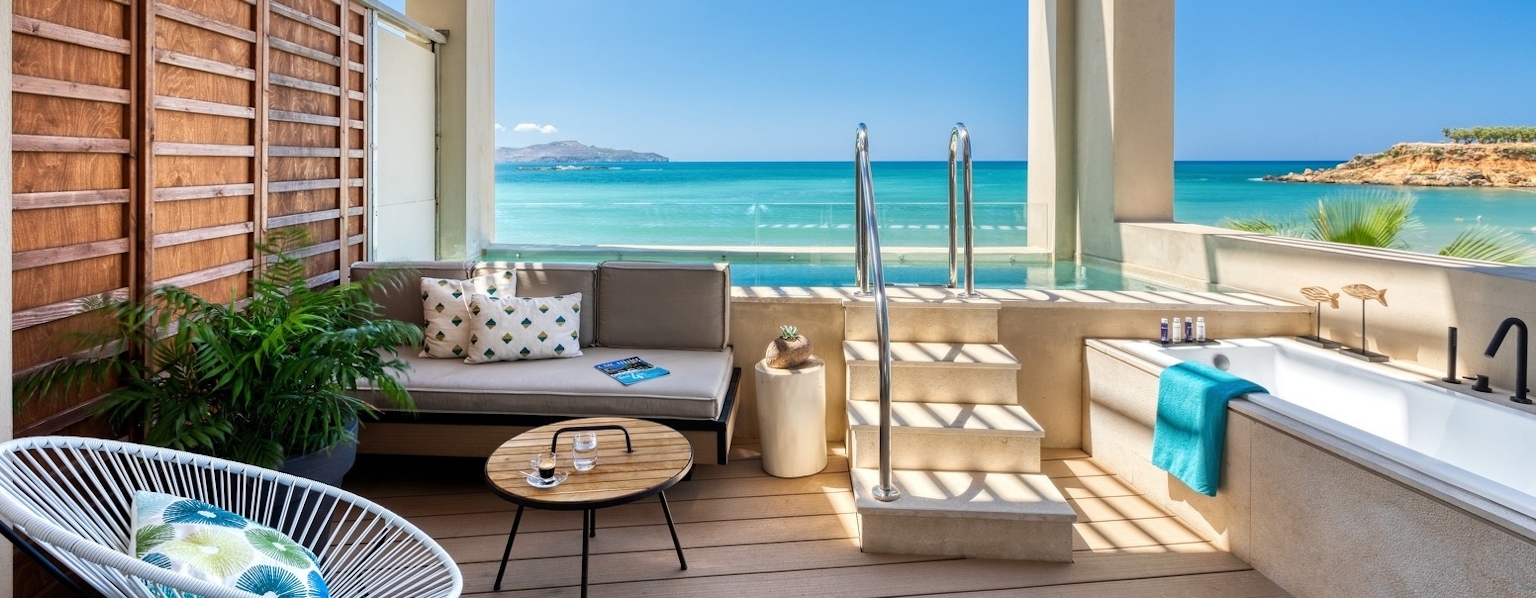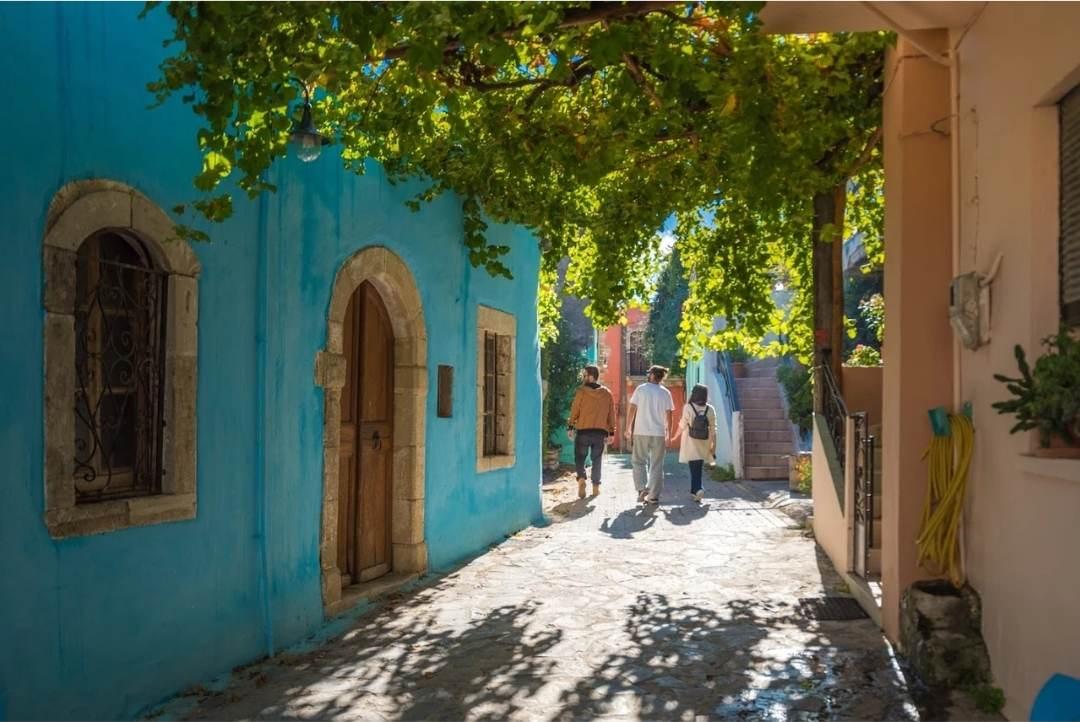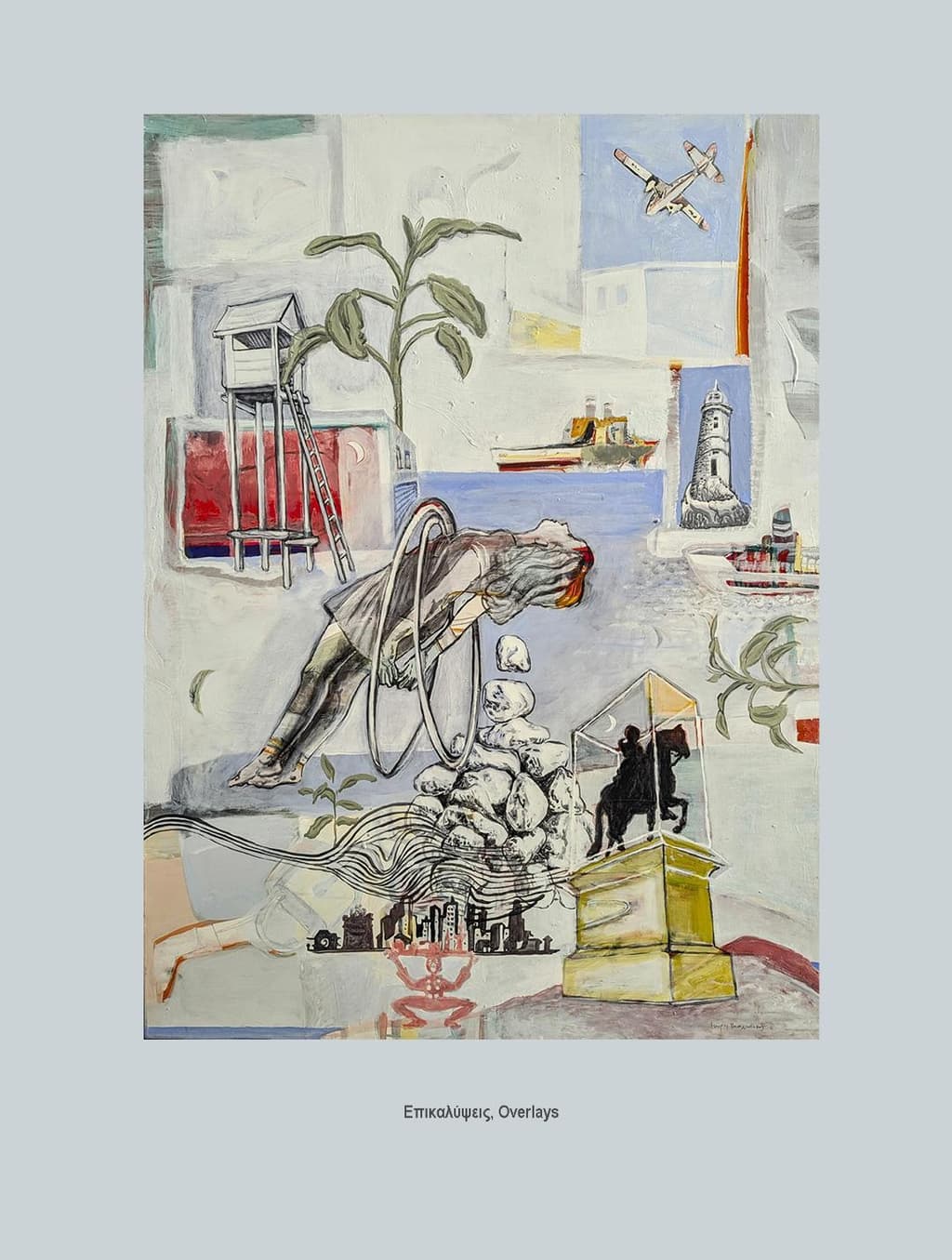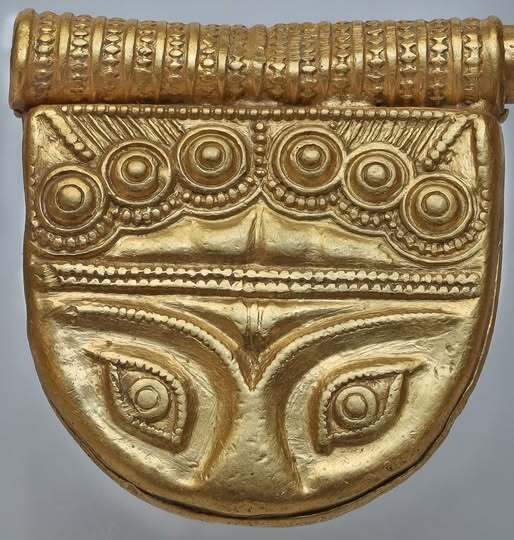Ano Asites: A Place of Inspiration and Creation for Artists from All Over the World
Author Katerina Mylona
Culture
Culture
Latest news
- The Holy Relics (Skulls) of the Four Holy Martyrs Visit Sitia for the First Time
- "Amerotos Nostos": An Exhibition Travels to Chania
- Anasouvari… The Mother of Water: A New Adventure from Dromoi Zois
- “Mikis Theodorakis: Memory in the Digital Age” #DigitalMikis
- Aradena: Discover It with the Rethymno Mountaineering Club

Konstantinos Anastasakis

Konstantinos Anastasakis
The village of Ano Asites is a place that with one foot is grounded in tradition and its rich and significant history, thus ensuring the stability and awareness of its important identity; at the same time with the other foot it steps into a modern world.
In a very wise and carefully studied way it supports art as a means of expression and creativity, making an open invitation to artists from around the planet, while also promoting the biodiversity and geodiversity (the village belongs to the Geopark of Psiloritis) of the region.
The villagers stress that “we stand firmly on our ‘heavy’ history and our roots, and at the same time we live in the contemporary era and become a magnet for both local and foreign visitors.
A lone traveller, a family or even a group of friends who choose to spend hours or even days in an Airbnb in the village, have many things to see and do.
A visit to the Folklore Museum of the village, which the cultural association (and specifically the late Emmanouela Anogianaki and Mr Manolis Piperakis dedicated a large part of their lives to complete), along with the villagers who generously donated all exhibited objects, and with the priceless help of two wonderful ladies, Ms Mary Pachiadaki and Ms Theano Metaxa, is mandatory.
In the recently renovated (by the cultural association, the local community and the Municipality of Heraklion) Heroes’ Square, one can pay tribute to the busts of the local heroes who took action during the Ottoman Occupation and the Second World War, at the level of Crete and the country.
For lovers of hiking, there are countless routes in the exquisite nature surrounding the settlement: e.g., the gorges of St Antonios and St Charalambos, located respectively north and south of the village.
Also, in one hour and thirty minutes, via a well‑laid and signposted trail, someone can reach the mountaineering refuge of the Heraklion Mountaineering Club, at the position “Prinos”, with a capacity of 30 beds and unlimited view of the northeastern side of the Heraklion regional unit.
For those interested in smaller local enterprises, you can visit the workshop of handmade bells for sheep and goats, the local dairy unit, the workshop of woven baskets/panier, the workshops of honey production and the workshop of traditional costumes, and also the traditional rakokazana in October and November.
There is also a café where visitors can sample meze and interact with the locals.
And of course get lost in the village’s alleys, which the president of the local council Mr Vangelis Piperakis and the respective municipal authorities of Heraklion have enhanced by paving them and intervening aesthetically with additional lighting and flower beds — as part of the traditional architecture.

Konstantinos Anastasakis

Konstantinos Anastasakis
On every such lane there is a surprise: traditional fountains, houses painted in the style of Venetian Crete, centuries‑old plane trees embracing the buildings and visitors with their enormous branches, fountains drowning in green for the eye to rest. Houses with distinctive architecture, but also wall‑paintings by artists who embraced the village’s open invitation over the past seven full years and in fact created an outdoor gallery open to visitors. One will see works from people from all continents (except Africa, which everyone hopes to host soon).
The “moral instigator” of this artistic intervention is Matthew Halpin, an Australian visual artist who now lives in Ano Asites. He says: “a friend from the village asked me to help so that the place would get more attention, by painting murals. I have lived in Heraklion city for fifteen years, focusing on promoting street art in the Lakkos neighbourhood.”
The locals feel like they are in a scene out of paradise, like an illustrated fairy‑tale. And that exact feeling inspired the new calendar of the village, which features sketches from beautiful corners seen, impressed and painted by the American artist Sandra Turner and which she happily gave permission for use in the 2026 calendar.

Sandra Turner

Sandra Turner
“Opening your door and stepping outside you see the colours of Venetian Crete, the streets and alleys paved with cobblestones, benches left and right, trees along the main road, houses with interesting architecture, visual interventions on the walls and outside the settlement a nature that invites you to walk and ground yourself, lifting you up! Visitors are thrilled, they take photos and often I hear them saying on the phone to their friends how impressed they are. They linger especially at the mural by the renowned Greek visual artist Yiannis Metzikof, who during his stay in Ano Asites created a beautiful work on the main road — an eagle against the Greek flag as a backdrop”, says on behalf of the cultural association Mr Spyridon Liapakis.
The cultural association has implemented many projects that beautify people’s everyday life, but its action doesn’t stop there. There are many plans which slowly come to life, such as the Museum of National Resistance and a multi‑purpose hall that will serve many activities in winter and summer. Every summer during the last ten days of August the village lives to the rhythm of cultural events: music nights, theatre performances, talks, shadow theatre and sports events, in honour of our patron saint St John the Rigologos.
Mural by Gelsey Amelia (www.gelseyamelia.com), an artist from the eastern coast of the USA, created during her artist‑in‑residence in Ano Asites. The work is inspired by Minoan frescoes and her Greek heritage — the two figures are depicted on an island (Crete), in harmony with their rich natural environment. The stars above their heads symbolise the connection of man with the universe and the earth. The water flowing from their vessels is offered to nature and all its gifts.


